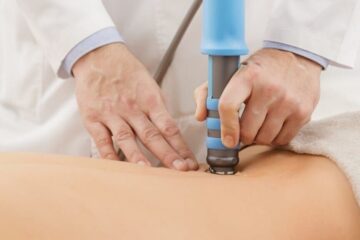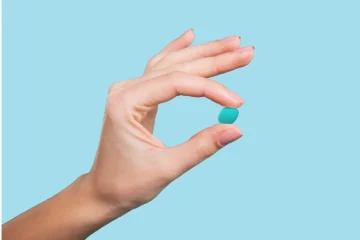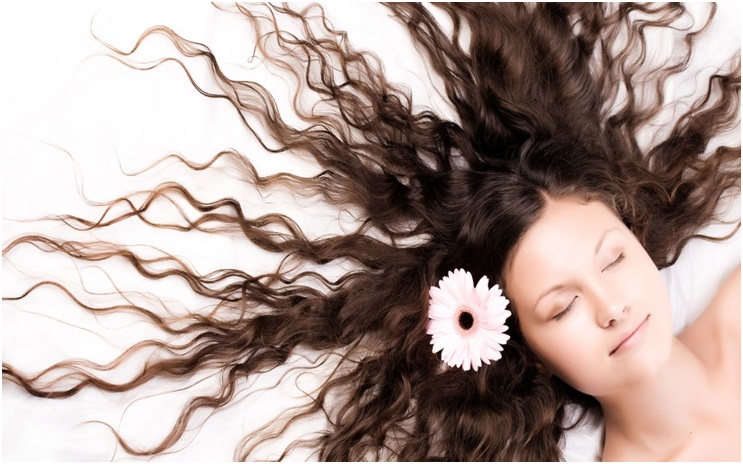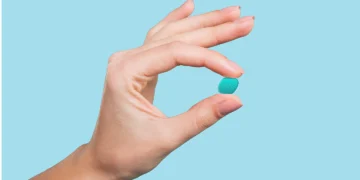Beat Hair Loss with These Proven and Effective Treatments

Hair loss is a challenge faced by many, but with the rise of advanced non-surgical hair loss treatments, there’s hope for regaining confidence and a fuller head of hair. These treatments offer effective solutions without the need for invasive procedures, making them a popular choice for those looking to combat thinning hair and baldness.
What Is Non-Surgical Hair Loss Treatment?
Non-surgical hair loss treatment refers to a range of therapies designed to stimulate hair growth and reduce hair thinning without the need for surgery. These treatments focus on promoting hair regrowth, thickening existing hair, and preventing further hair loss. Unlike surgical hair restoration, non-surgical options are typically less invasive, require little to no downtime, and are accessible to a broader range of individuals.
How Does Non-Surgical Hair Loss Treatment Work?
Non-surgical hair loss treatments work by targeting the underlying causes of hair loss. These treatments often involve topical applications, oral medications, and advanced technologies that stimulate hair follicles, improve scalp health, and encourage hair growth. The methods used vary depending on the type of hair loss and the specific needs of the individual.
The Most Effective Non-Surgical Hair Loss Treatments Available
- Minoxidil: This topical solution is one of the most well-known non-surgical hair loss treatments. Applied directly to the scalp, it helps to stimulate hair follicles and promote hair regrowth. Minoxidil is particularly effective for those experiencing androgenetic alopecia (male or female pattern baldness).
- Platelet-Rich Plasma (PRP) Therapy: PRP therapy involves injecting the patient’s own platelets into the scalp to stimulate hair growth. This treatment promotes healing and rejuvenation of hair follicles, making it an effective option for those looking to boost hair density and thickness.
- Low-Level Laser Therapy (LLLT): LLLT uses red light wavelengths to stimulate hair follicles and encourage regrowth. This non-surgical hair loss treatment is often delivered through laser combs, caps, or helmets that can be used at home or in a clinical setting.
- Finasteride: An oral medication, Finasteride works by inhibiting the hormone responsible for hair loss. This treatment is particularly effective for men experiencing male pattern baldness.
- Scalp Micropigmentation (SMP): Although not a treatment that promotes hair growth, SMP provides a cosmetic solution by simulating the appearance of a fuller head of hair through tattooing small dots on the scalp.
How Do Non-Surgical Hair Loss Treatments Compare to Hair Transplants?
While hair transplants involve surgically relocating hair follicles from one part of the scalp to another, non-surgical hair loss treatments focus on enhancing the health of existing hair and stimulating new growth. Non-surgical options are generally less expensive, have fewer risks, and require less recovery time compared to hair transplants. However, the results of non-surgical treatments may vary and often require ongoing maintenance.
What Is the Best Non-Surgical Treatment for Thinning Hair?
The best non-surgical hair loss treatment for thinning hair depends on the individual’s condition, hair type, and treatment goals. For many, Minoxidil and PRP therapy are highly effective in promoting hair density and preventing further thinning. LLLT is also a popular choice, especially for those looking for a non-invasive, at-home treatment option.
How Much Do Non-Surgical Hair Loss Treatments Cost?
The cost of non-surgical hair loss treatments varies depending on the treatment method and the number of sessions required. Minoxidil, as a topical treatment, is relatively affordable, with prices ranging from $20 to $60 per month. PRP therapy can be more costly, with sessions ranging from $500 to $2,000 depending on the clinic and geographic location. LLLT devices can cost anywhere from $200 to $3,000, depending on the brand and technology used.
Are Non-Surgical Hair Loss Treatments Safe and Effective?
Non-surgical hair loss treatments are generally considered safe, especially when administered by a qualified professional. Treatments like Minoxidil and Finasteride have been extensively studied and are FDA-approved for hair loss. PRP and LLLT are also widely regarded as safe, with minimal side effects. However, the effectiveness of these treatments can vary depending on the individual’s response and the severity of hair loss.
What Should I Expect During a Non-Surgical Hair Loss Treatment Session?
During a non-surgical hair loss treatment session, you can expect a comfortable and straightforward process. For treatments like PRP therapy, the session typically involves drawing a small amount of your blood, processing it to concentrate the platelets, and then injecting the PRP into your scalp. LLLT sessions usually involve wearing a cap or helmet that emits red light to stimulate hair follicles. Most sessions are quick, lasting between 30 minutes to an hour, with no downtime required afterward.
How Long Does It Take to See Results from Non-Surgical Hair Loss Treatments?
The time it takes to see results from non-surgical hair loss treatments varies depending on the treatment and the individual. Minoxidil users may start to see results after three to six months of consistent use. PRP therapy often shows noticeable improvements after three to four sessions, typically spaced a month apart. LLLT users may observe changes after three to six months of regular use. Patience is key, as hair growth is a gradual process.
Can Non-Surgical Treatments Help with Hair Regrowth and Thickening?
Yes, many non-surgical hair loss treatments are designed to promote hair regrowth and thickening. Minoxidil, PRP therapy, and LLLT are all effective in stimulating dormant hair follicles and encouraging the growth of thicker, healthier hair. These treatments can significantly improve the appearance of thinning hair when used consistently and as directed.
Are There Any Side Effects Associated with Non-Surgical Hair Loss Treatments?
Most non-surgical hair loss treatments have minimal side effects. Minoxidil may cause scalp irritation or dryness in some users, while Finasteride can occasionally lead to side effects such as decreased libido or erectile dysfunction in men. PRP therapy is generally well-tolerated, but some patients may experience mild discomfort or bruising at the injection site. LLLT is considered safe, with no known significant side effects.
What Are the Benefits of Non-Surgical Hair Loss Treatment?
1. Non-Invasive: Non-surgical hair loss treatments offer a way to address hair loss without the need for invasive procedures or lengthy recovery times.
2. Affordable: Many non-surgical options are more cost-effective than surgical hair restoration, making them accessible to a wider audience.
3. Safe: Most non-surgical treatments are well-tolerated and come with minimal risks or side effects.
4. Effective: When used consistently, non-surgical treatments can deliver significant improvements in hair density and thickness.
5. Convenient: Many non-surgical treatments can be administered at home or require minimal time commitment in a clinical setting.
6. Versatile: Non-surgical hair loss treatments are suitable for a wide range of hair loss types and can be tailored to individual needs.
In conclusion, non-surgical hair loss treatments provide a safe, effective, and convenient solution for those looking to combat hair loss without surgery. With options ranging from topical solutions to advanced therapies like PRP and LLLT, there is a treatment to suit every need and budget. Consistency and patience are key to achieving the best results, making it possible to regain not only your hair but also your confidence.











